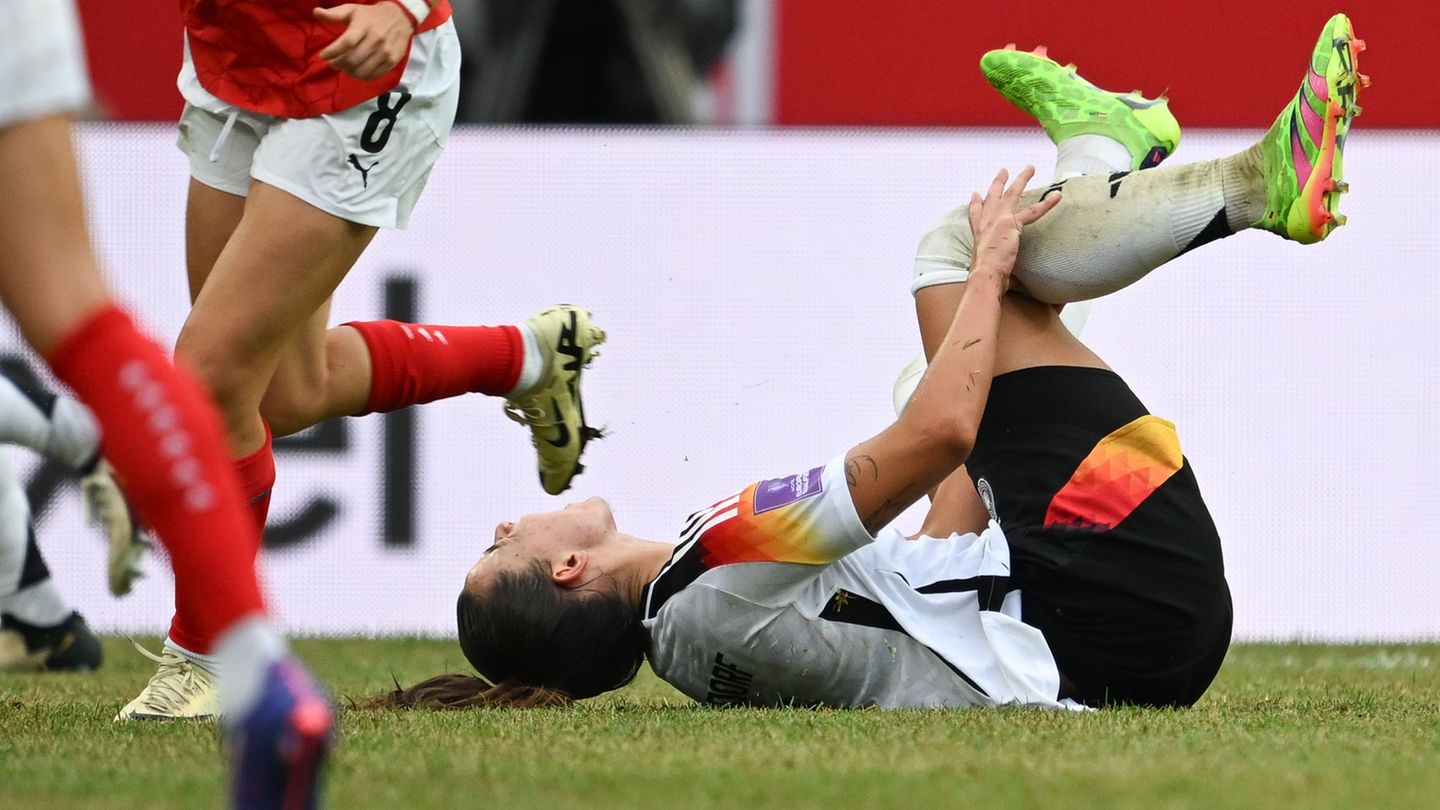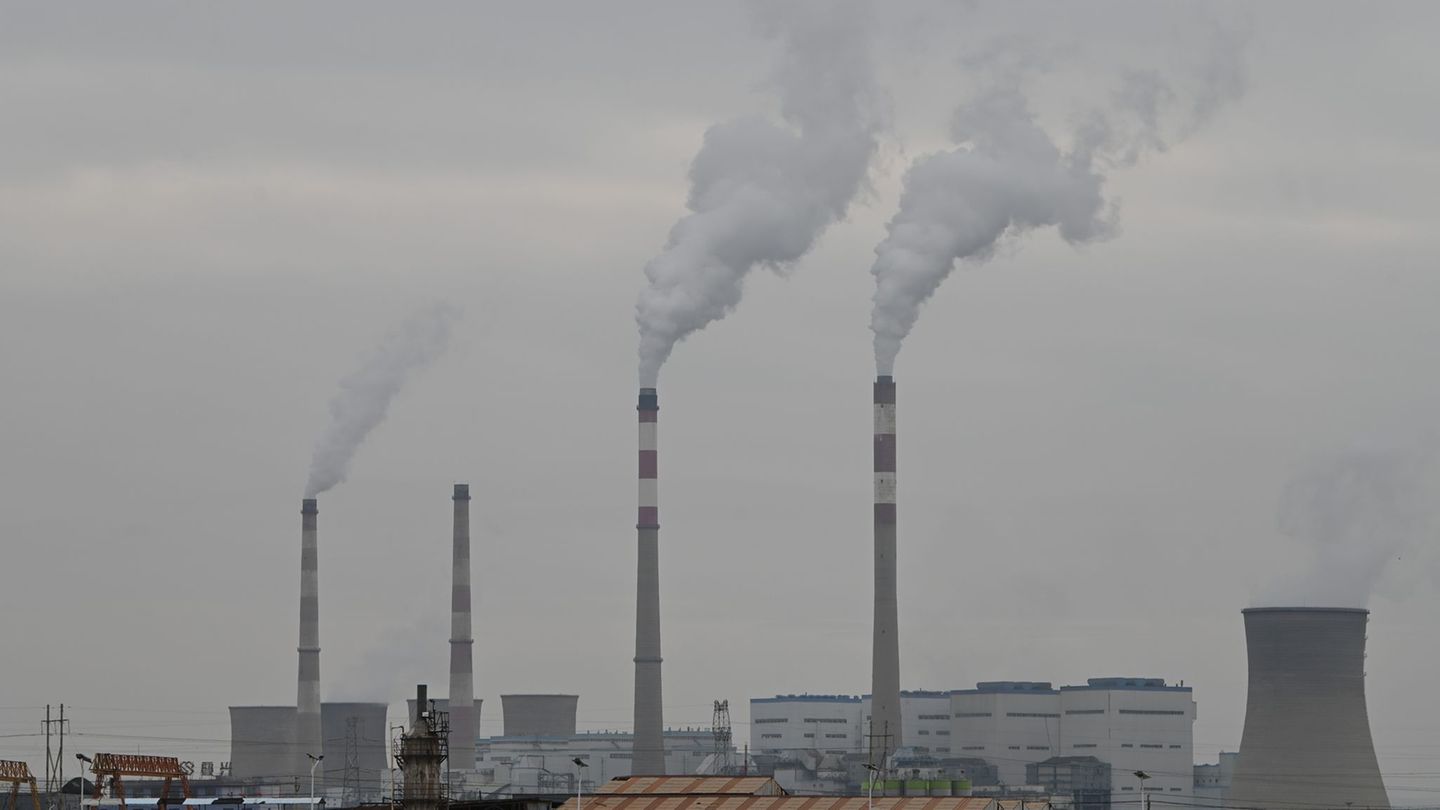“June is dry more than wet, fills the barrel with good wine” is a farmer’s rule. There are still a few days until then – and the industry is hoping for suitable weather.
According to the German Wine Institute (DWI), cold, wet weather in spring could have negative consequences on the yield of the current vintage. “This year’s April weather caused enormous contrasts, and May has been historically wet so far,” said institute spokesman Frank R. Schulz in Bodenheim to the German Press Agency. Heavy rain, late frosts and hail could endanger the vine flowering, which is due from now until June.
“Heavy rain is also very dangerous later in the vegetation period. There is a risk of the berry skins bursting as well as the penetration of pests and rot,” explained Schulz. In addition, late frosts could ruin early shoots. “Even if the vine sprouts again, the yield is greatly reduced.”
Paradoxically, according to the German Wine Institute, German wine producers have largely been the winners of climate change so far. “In the past 30 years, the average temperature during the growing season from April to October has risen by over one degree Celsius. Due to increasing warming, the grapes reach higher levels of ripeness – which ultimately leads to better wine qualities,” it said. Until the 1970s, in some years the grapes only reached the minimum ripeness.
Risks of climate change
But there is also the other side of the coin. “Especially over the last two to three years, the risks of climate change for viticulture have become increasingly apparent.” Weather extremes such as hail damage or sunburn on grapes have increased. Berries damaged by sunburn dry up and are no longer usable. “This causes problems when making red wine. Damaged berries have to be carefully selected, otherwise they would produce bitter tones in the wine.” With climate change, new diseases would also find their way into German vineyards.
The wine institute said that irrigation is increasingly required in younger vineyards affected by drought – although older vines with their roots up to 10 to 15 meters deep can still survive the dry phases relatively well. “But on light soils with little water storage capacity, severe drought can lead to drought damage even in older vineyards.”
Source: Stern




